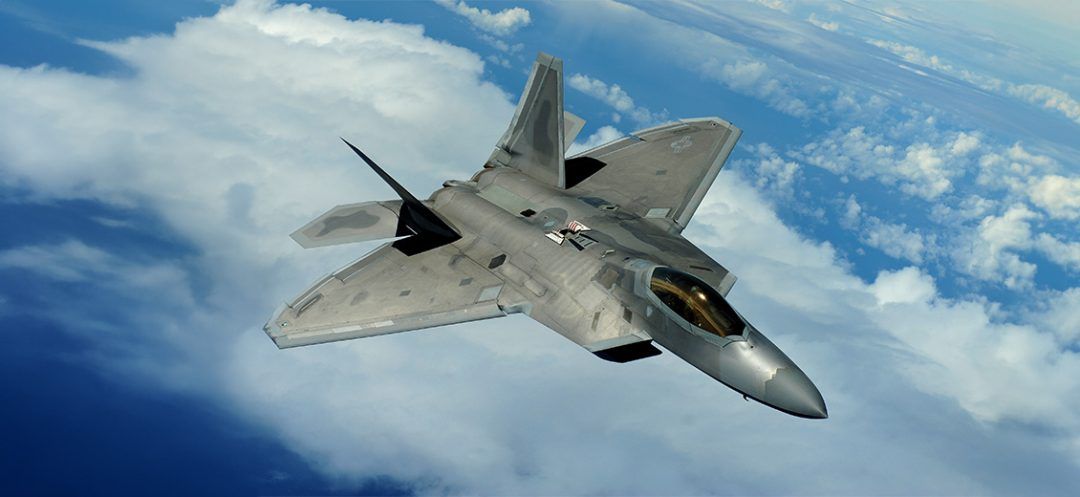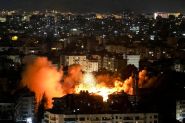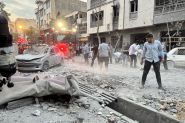- Home
- War in the Middle East
- Editorial- Israel/Iran: Tehran's Bluff

In his famous work The Art of War, widely regarded as the oldest document on military strategy, the Chinese general Sun Tzu (6th century B.C.) explains that one can gain an upper hand over an enemy and win a battle without engaging in direct combat. This strategy involves tactics such as displays of force, deception, bluffing, or psychological warfare, all aimed at “subduing” the opponent while avoiding a full-scale confrontation that could lead to heavy losses. In essence, Sun Tzu’s approach is about forcing the enemy to yield without resorting to open conflict.
In modern terms, the strategy advocated by the Chinese general could be summed up as “psychological warfare” or "deterrence." This is precisely what the US administration is doing today. The impressive naval forces (including a nuclear submarine) and air assets (notably F-22 stealth fighters) recently deployed by the Pentagon in the region are described by Washington as “deterrent” rather than offensive. This clarification reinforces the notion that the US—at least for now—is not seeking to topple the Iranian regime but to curb its ambitions, urging it to show more “modesty” in its regional aspirations and to "change its behavior," as top US officials have repeatedly stated.
In a way, Iranian leaders use a similar military tactic. The regime strives to bluff and project (with considerable media hype) a warlike, offensive, and threatening stance to create the perception of being a significant regional military power. However, it carefully avoids direct, large-scale conflict with the “enemy” and instead engages in a more strategic game by manipulating its proxies in Lebanon, Syria, Iraq, and Yemen. This approach is designed to maintain a climate of instability and controlled tension while brandishing the threat of force.
The threatening and aggressive posture of the Tehran mullahs, especially the Revolutionary Guards (Pasdaran), instills a sense of existential anxiety among the populations of the affected countries. This is due to the uncertainty surrounding the future of the Middle East and the constant risk of large-scale military and security escalations. Nevertheless, in this context, it is important to acknowledge some fundamental truths.
There is a significant technological gap between the Islamic Republic and the United States, Israel, and the West in general. This technological disparity is reflected in a deep imbalance of military power between the two sides. The US-Israeli axis, in particular, maintains complete air superiority, notably with the recent deployment of F-22 and F-35 stealth fighters in the region. Consequently, a large-scale conflict is not in Iran's interest. Any military action against Israel could swiftly lead to the destruction of Iran's strategic infrastructure, including its long-developed nuclear facilities.
The strength of the mullahs' regime lies not in large-scale confrontation but in a strategy of attrition, similar to the fait accompli imposed by Hezbollah in southern Lebanon, as well as in terrorist operations aimed at destabilization. This highlights the strategic importance of the regime's footholds in Iraq, Yemen, Syria, and Lebanon. These positions allow the regime to maneuver and seek a dominant position in the Middle East without directly confronting the powerful American and Israeli military forces.
Two pressing questions arise in this uncertain context. Can the radical faction in Iran, represented by the Revolutionary Guards, maintain its hard-line stance and continue to impose its irrational and extreme agenda to further its strategy of exporting the Islamic Revolution? Meanwhile, are the United States and Israel truly prepared to take decisive action and confront the theocratic regime in Tehran, which is a constant source of disruption and chronic instability? According to credible American sources, Tehran could develop an atomic bomb in the upcoming weeks.
Uncertainty persists regarding the first question, and many informed observers believe the answer to the second is no. This is a significant setback for the liberal movement in the region and, more critically, for large segments of civil society within Iran, especially among women.
Read more




Comments